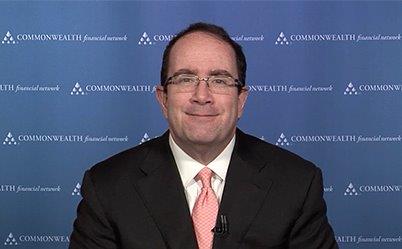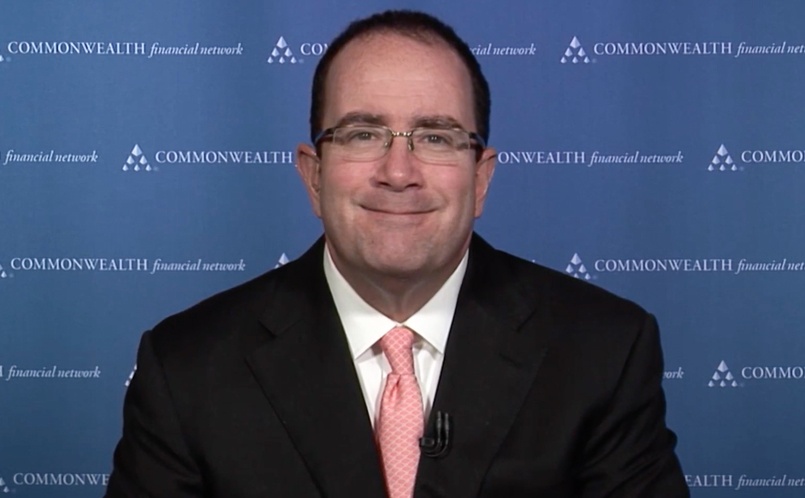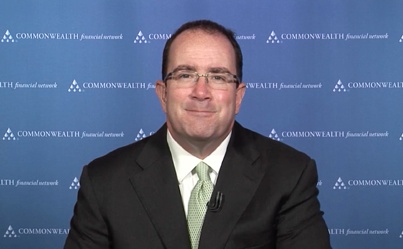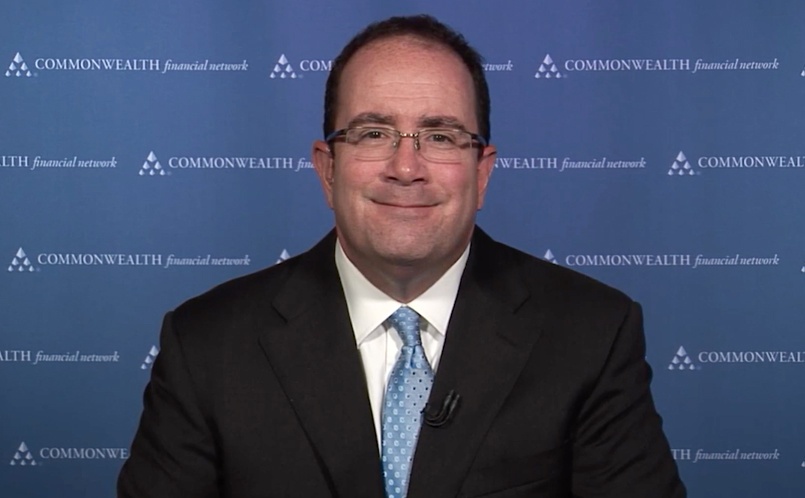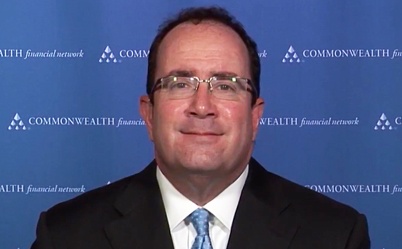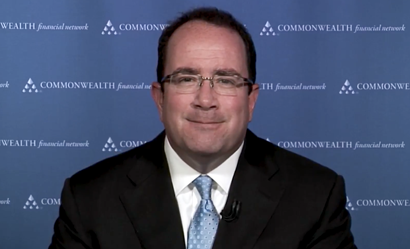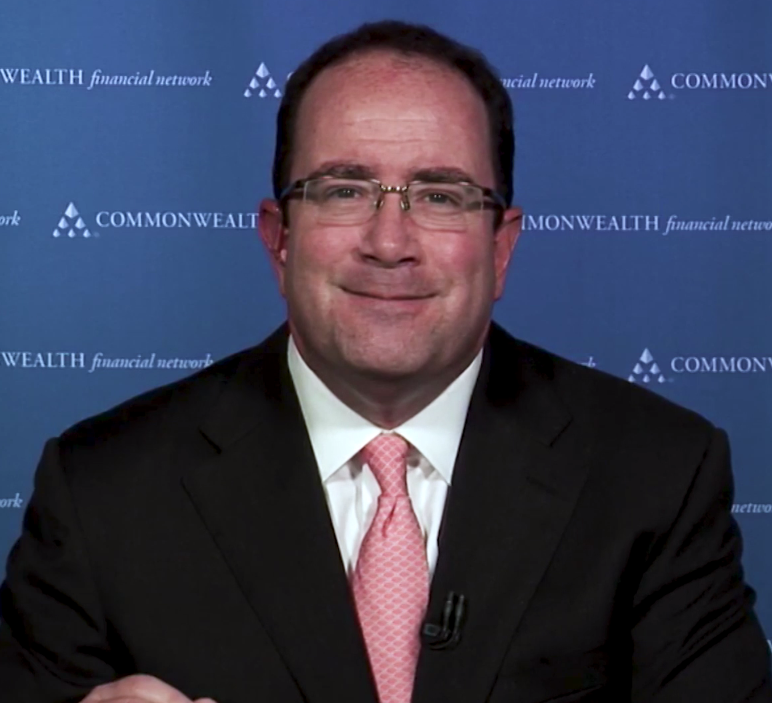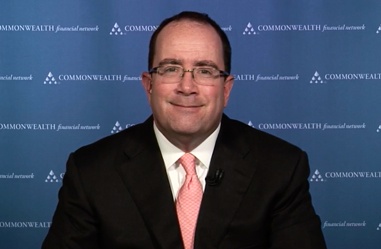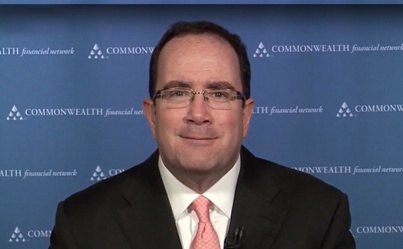December was another month of good news for the markets. U.S. markets were up across the board, international markets did even better, and emerging markets hit it out of the park. As a result, we are entering the new year with a huge amount of momentum. Hiring continues to be strong, consumer confidence is very close to the highest level since the dot-com boom, and business confidence remains high.


